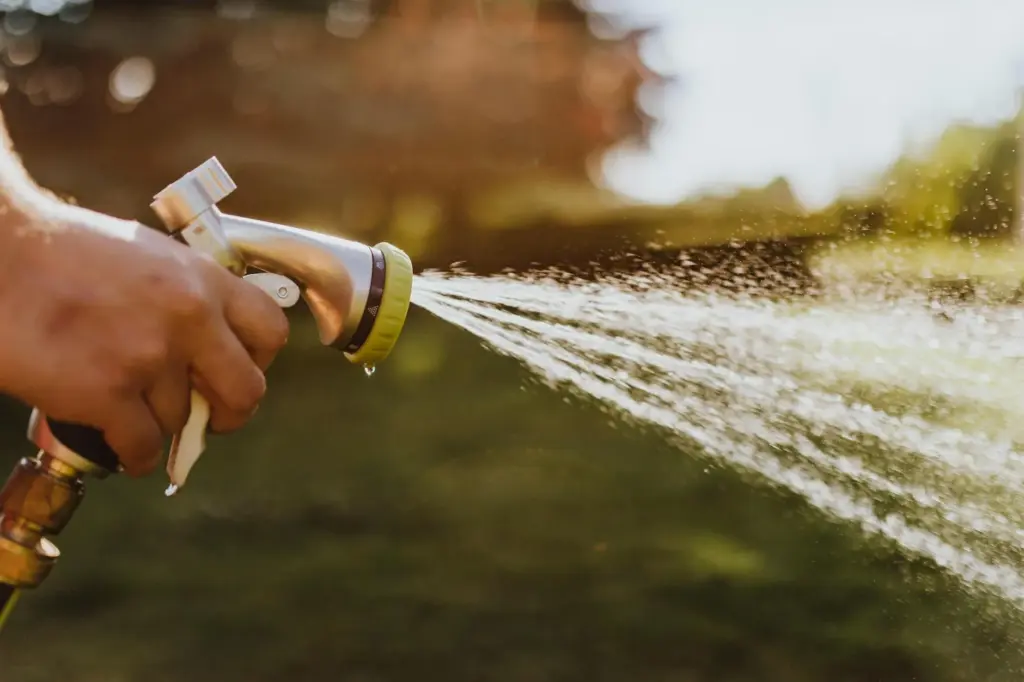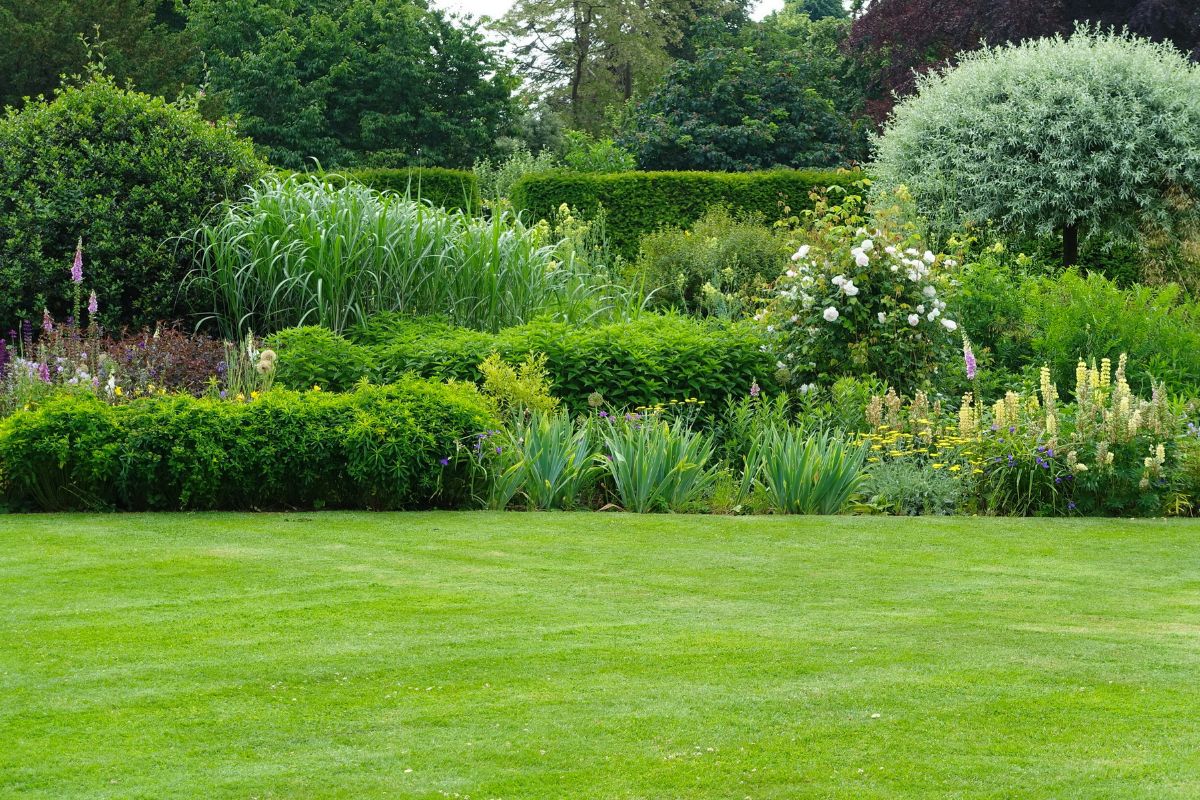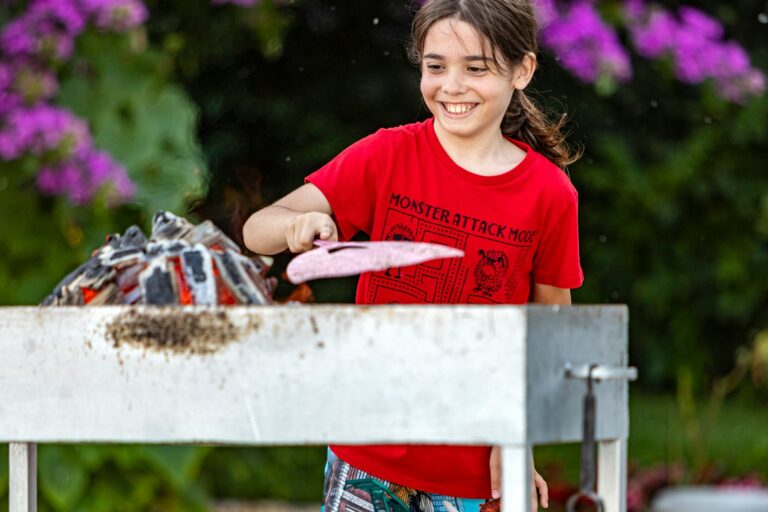How to Prep Your Lawn This Fall So It Survives Winter (and Looks Better Next Spring)
As temperatures drop and leaves begin to fall, many homeowners assume lawn care season is over. In reality, fall is the most important time to prepare your yard for winter. The work you do now determines how healthy, thick, and green your lawn will look when spring returns. Here are the key steps experts recommend.
Clean Up Leaves Before They Matt Down
Allowing leaves to sit and become soggy creates a layer that blocks oxygen and sunlight. That encourages mold, disease, and bare patches in spring. Rake regularly, mulch with your mower, or use a leaf vacuum to keep the lawn clear. A clean surface allows grass to breathe as it enters dormancy.
Keep Mowing Until Growth Stops

Your lawn does not stop growing the moment the weather cools. Continue mowing until the first hard frost. Gradually lower your mower height to around 2–2.5 inches on your last cut of the season. Shorter grass is less vulnerable to snow mold and rodent tunneling, which can damage turf over winter.
Aerate to Improve Root Strength
Over time, soil becomes compacted by foot traffic and summer heat. Aeration removes small plugs of dirt, allowing water, nutrients, and oxygen to reach the roots. Stronger roots are better equipped to survive freezing temperatures. Many homeowners schedule aeration once each fall, especially for high-use lawns.
Overseed Thin Areas

Fall is considered the best season for seeding grass. Cooler temperatures and moist soil help new seed establish quickly without heat stress. Overseeding fills in thin spots, prevents weeds from taking over in spring, and helps create a thicker overall lawn. For the best results, pair overseeding with aeration.
Apply a Fall Fertilizer
A fertilizer formulated specifically for fall helps grass store energy in its roots. Even though growth slows above ground, roots are still active. Look for products marketed as “winterizer” fertilizers. They promote deeper root development, repair summer damage, and set the stage for better color and density next season.
Continue Watering (Yes, Really)

Natural rainfall often declines in fall, and lawns can dry out quickly. Supplement with watering until the ground freezes. Dry lawns are more prone to winter injury, especially during periods of freeze-thaw cycles. Aim for deep, infrequent watering to support root systems.
Control Weeds Before They Go Dormant
Broadleaf weeds like dandelions and clover are most vulnerable in fall because they are pulling nutrients into their roots for winter. Applying a selective weed control product now can significantly reduce weeds that pop up next spring. Spot-treat problem areas or apply a weed-and-feed product if needed.
Remove Thatch Buildup
A thin thatch layer is normal, but anything thicker than half an inch can trap moisture and harbor disease. Use a dethatching rake if you notice a spongy, matted feel underfoot. Breaking it up allows grass crowns to breathe and encourages new growth.
Edge and Trim Garden Borders

Fall is the perfect time to sharpen the edges of walkways, driveways, and garden beds. Clean lines improve curb appeal and make spring maintenance easier. Trimming back ornamental plants also helps reduce debris that can rot under winter snow.
Protect New Seedlings
If you overseed, avoid heavy foot traffic for several weeks. Consider laying down light straw or mulch on exposed soil to insulate seeds and prevent birds from eating them. A protective layer can also help shield developing roots from early frosts.
Do Not Delay
The window for fall lawn care is limited. Once ground temperatures drop too low, growth slows, and these steps become less effective. Tackling them early ensures your lawn enters winter strong rather than stressed.
Final Thoughts
A healthy spring lawn doesn’t happen in April, it starts in October. Leaf control, aeration, overseeding, and fall fertilization are the foundation for greener, thicker grass next year. A few hours of work now can prevent months of frustration later.
If you want a lawn that rebounds beautifully after winter, fall preparation is the secret.







